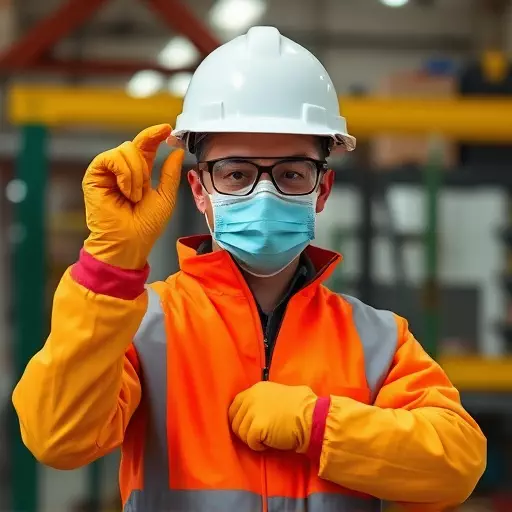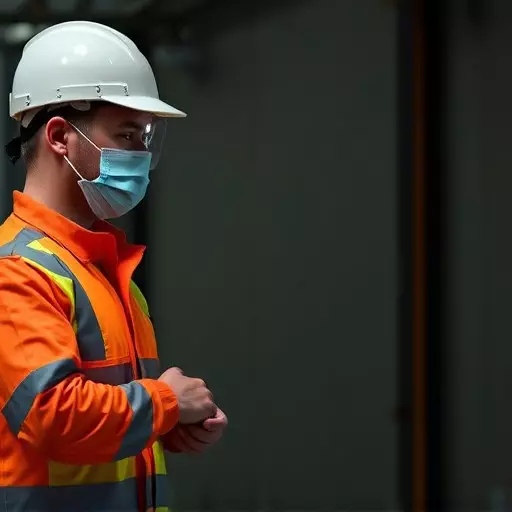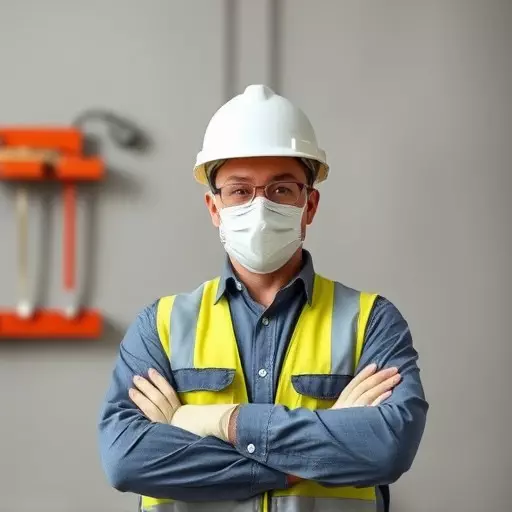Occupational safety lessons learned are essential for enhancing process safety management. By analyzing past incidents and near-misses, organizations can identify key best practices that inform effective safety compliance strategies. These include risk assessments, personalized use of PPE, robust worker training, regular audits, and continuous improvement cycles. Continuous improvement fosters a culture of safety consciousness, adaption to evolving landscapes, and adherence to industry standards. Effective safety compliance strategies not only prevent accidents but also optimize operational efficiency, integrating safety into every aspect of operations.
In today’s industrial landscape, process safety management is paramount. This article delves into critical occupational safety lessons learned and unveils essential best practices for comprehensive protection. We explore implementing effective safety compliance strategies that safeguard workers and facilities. Additionally, we highlight personal protective equipment (PPE) best practices to ensure optimal worker safety. By examining continuous improvement methodologies, organizations can future-proof their processes, fostering a safer and more efficient environment.
- Understanding Occupational Safety Lessons Learned: Uncovering Critical Best Practices
- Implementing Effective Safety Compliance Strategies for Comprehensive Protection
- Personal Protective Equipment (PPE): Ensuring Best Practices for Worker Safety
- Continuous Improvement: Key Takeaways and Future-Proofing Your Processes
Understanding Occupational Safety Lessons Learned: Uncovering Critical Best Practices
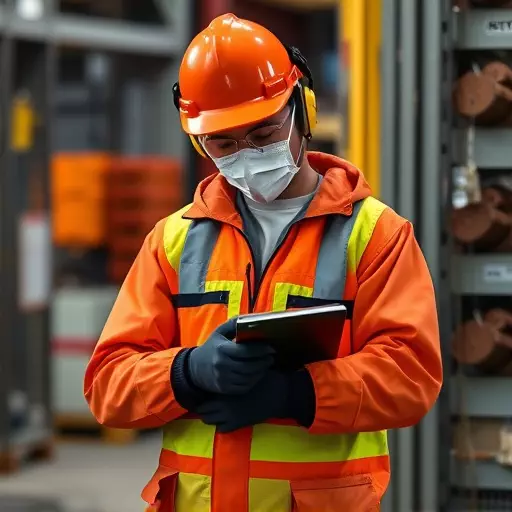
Understanding Occupational Safety Lessons Learned is a pivotal step in enhancing process safety management. By delving into past incidents and near-misses, organizations can uncover critical best practices that promote safety compliance strategies. This involves systematically reviewing each event to identify root causes and implement effective risk mitigation measures. Organizations should leverage these insights to refine existing protocols, ensuring a robust framework that incorporates personal protective equipment (PPE) best practices, hazard recognition, and controlled entry procedures.
These lessons learned serve as a dynamic resource, guiding continuous improvement initiatives. They foster a culture of safety by encouraging open communication, regular training sessions, and the adoption of innovative technologies aimed at enhancing worker protection. Through this process, organizations can not only prevent future accidents but also optimize their operational efficiency, ensuring that safety is integrated into every facet of their processes.
Implementing Effective Safety Compliance Strategies for Comprehensive Protection
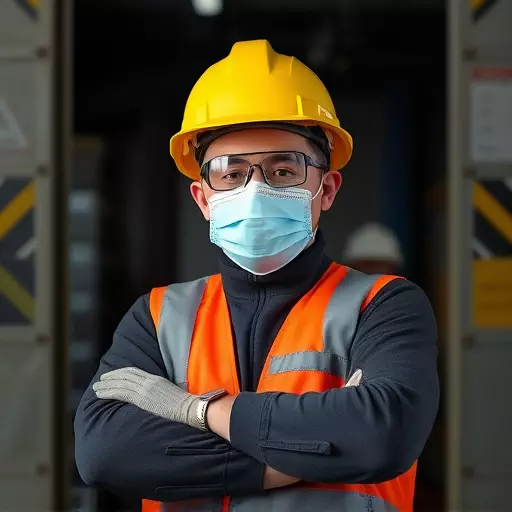
Implementing effective safety compliance strategies is a cornerstone of process safety management, ensuring comprehensive protection for workers and facilities alike. Going beyond mere adherence to regulations, these strategies involve integrating robust systems that cultivate a culture of safety consciousness. This begins with comprehensive risk assessments that identify potential hazards specific to each process, followed by the meticulous selection and correct use of Personal Protective Equipment (PPE). Best practices dictate that PPE is tailored to the task and conditions, providing maximum protection without impeding productivity or comfort.
Safety compliance isn’t merely about equipment; it’s also about rigorous training and education. Equipping employees with knowledge about potential risks and safety protocols empowers them to recognize hazards and take proactive measures. Regular audits and continuous improvement cycles further strengthen these strategies by identifying gaps and refining processes, ensuring that occupational safety lessons learned are systematically integrated into the organization’s culture and operations.
Personal Protective Equipment (PPE): Ensuring Best Practices for Worker Safety
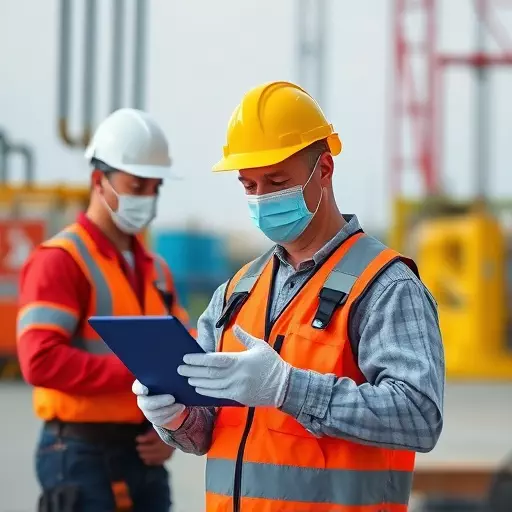
Personal Protective Equipment (PPE) plays a pivotal role in ensuring worker safety across various industries. Implementing and upholding best practices for PPE is an essential component of process safety management, offering a robust shield against potential hazards. By adhering to safety compliance strategies, organizations can significantly reduce risks and prevent accidents.
When it comes to PPE, several key lessons have been learned from past experiences. These include selecting the right equipment based on specific job tasks and environmental conditions, ensuring proper fitting and training for workers on its correct usage, and maintaining a culture that prioritizes its consistent use. Regular audits and updates to safety protocols are vital to keep up with technological advancements in PPE, thereby enhancing overall occupational safety.
Continuous Improvement: Key Takeaways and Future-Proofing Your Processes
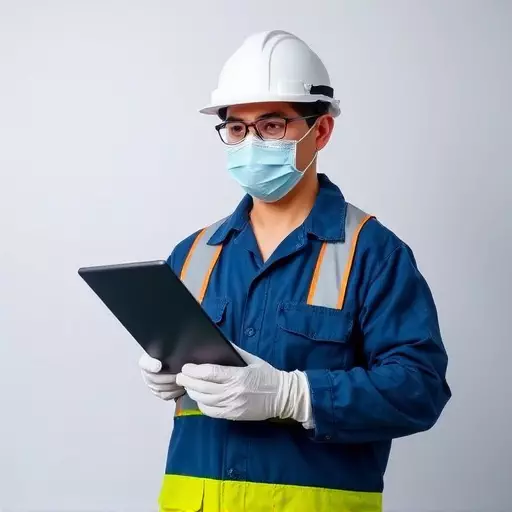
Continuous improvement is a cornerstone of process safety management, offering a dynamic approach to enhance operations while mitigating risks. By adopting an iterative mindset, organizations can identify vulnerabilities and implement effective solutions through lessons learned from real-world incidents and best practices in occupational safety. This involves regularly reviewing and updating safety protocols, ensuring compliance with the latest industry standards, and integrating innovative technologies where applicable.
Future-proofing your processes requires a proactive strategy that goes beyond meeting regulatory requirements. It entails fostering a culture of safety consciousness where every employee embraces personal protective equipment (PPE) best practices and stays vigilant about potential hazards. Embracing continuous improvement encourages organizations to stay agile, adapt to changing industry landscapes, and maintain a competitive edge while prioritizing worker safety and environmental compliance strategies.
